こんにちは。コオロギ社長です。
「コオロギは畜肉に比べ、水は少なくて済む」
今回はこのことについて書いていこうと思います。
【関連記事】
[blogcard url=”https://plusmirai.com/%E3%80%8C%E3%82%B3%E3%82%AA%E3%83%AD%E3%82%AE%E3%81%AF%E7%95%9C%E8%82%89%E3%81%AB%E6%AF%94%E3%81%B9%E3%81%A6%E7%92%B0%E5%A2%83%E3%81%AB%E8%89%AF%E3%81%84%E3%80%8D%E3%82%92%E6%94%B9%E3%82%81%E3%81%A6/”]
目次
昆虫(コオロギ)と畜肉(牛・豚・鶏)の水の比較
昆虫と畜肉の水がどれくらい必要かの比較は、FAOの報告書のこの部分を引用される人も多いのかなと思います。
Edible insects Future prospects for food and feed securityより
Water is a key determinant of land productivity. A growing body of evidence suggests that a lack of water is already constraining agricultural output in many parts of the world.
It is estimated that, by 2025, 1.8 billion people will be living in countries or regions with absolute water scarcity, and two-thirds of the world population will likely be under stress (FAO, 2012b). Increasing demands placed on the global water supply threaten biodiversity, food production and other vital human needs. Agriculture consumes about 70 percent of freshwater worldwide (Pimentel et al., 2004). Chapagain and Hoekstra (2003) estimated that producing 1 kg of animal protein requires 5–20 times more water than generating 1 kg of grain protein. This figure approaches 100 times if the water required for forage and grain production is included in the equation (Pimentel and Pimentel, 2003). Chapagain and Hoekstra (2003) described this concept as virtual water. According to the authors, the production of 1 kg of chicken requires 2 300 litres of virtual water, 1 kg of pork requires 3 500 litres and 1 kg of beef requires 22 000 litres, with estimates for the latter reaching as high as 43 000 litres (Pimentel et al., 2004). Estimates of the volume of water required to raise an equivalent weight of edible insects are unavailable but could be considerably lower. Mealworms, for example, are more drought-resistant than cattle (the growing efficiency of mealworms in the presence of sufficient water is described in section 6.1).
この内容を簡単に解説します。
■ 世界の水需要は増加している。
■ 淡水の70%を農業で消費している。(Pimentel et al., 2004)
■ 1kgの動物性たんぱく質を生産するのに必要な水は、1kgの植物性たんぱく質を生産するのに比べ、5〜20倍もの水が必要(畜肉の餌となる穀物飼料生産にかかる水の使用は計算外)。(Pimentel and Pimentel, 2003)
■ virtual water(仮想水)を考えると、1kgの肉を生産する場合に必要な水の量は、
・鶏…2300L
・豚…3500L
・牛…22000L と試算されている。(Pimentel et al., 2004)
ここでvirtual water(ここでは仮想水と訳します。)について簡単に説明します。
1kg のトウモロコシを生産するには、灌漑用水として1,800 リットルの水が必要です。また、牛はこうした穀物を大量に消費しながら育つため、牛肉1kg を生産するには、その約20,000 倍もの水が必要です。
環境省のサイトより
ここにあるよう飼料を育てる際には、たくさんの水が必要なのです。もちろん牛が水を飲むことも加味されていますが、それ以上に餌の生産にたくさんの水が必要ということがわかりますね。その全てを「仮想水」と言っているのです。
似た言葉でウォーターフットプリントという言葉があります。サプライチェーンの中での水の消費量という考え方自体は仮想水と同じですが、ウォーターフットプリントはどこの水を使用しているかという水源の場所も含むとされています。目に見えない水の流れが、どこからどこに向かうのかを明らかにできるのがウォーターフットプリントです。
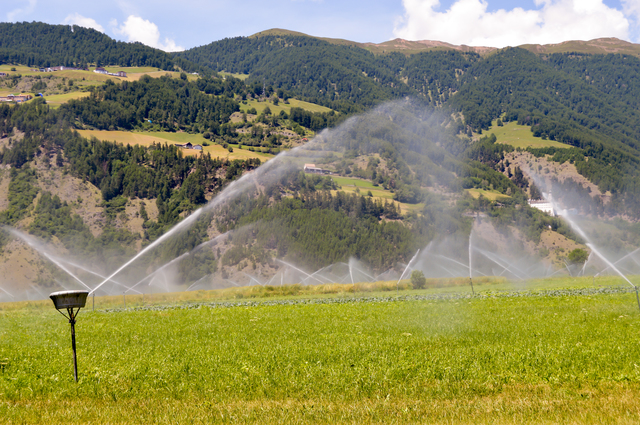
コオロギの生産にはどれくらいの水が必要?
コオロギの生産に必要な水(仮想水を含む)は、420Lだと言われています。
「あれ?意外と多くない?」
そう思った人もいるかもしれませんが、餌の生産に必要な水も含まれているのでこれくらいの量になるのです。
いくつかのWebサイトでは、食用クリケットの生産に必要な水の量を数Lと推計しています。これは、えさの生産に必要な水の量を考慮していない値と推察されます。牛肉と食用クリケットの環境負荷を公平に比較するため、FUTURENAUTではライフサイクルアセスメントによる研究成果を参照しています。
今回も、条件は揃っているかどうか。という観点は非常に重要です。
牛には仮想水を含む(量は多くなる)値を用い、コオロギは直接飲んでいる分しか計上しない(量は少なくなる)ものを比べることはフェアではないのではないでしょうか。仮に、コオロギが餌を全く食べず、水だけで生きているのなら仮想水を含まない値を用いても良いと思いますが・・・

コオロギ養殖の水消費まとめ
■ 動物性たんぱく質の生産には大量の水が必要
■ 穀物飼料の生産の際には農業用水が大量に使用されている
■ 飼料生産まで含む仮想水と、動物が直接飲む水の2つを分けて考える必要がある

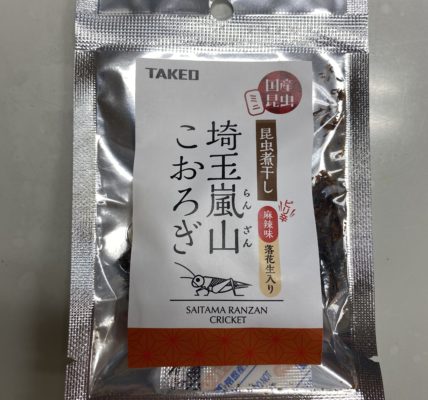
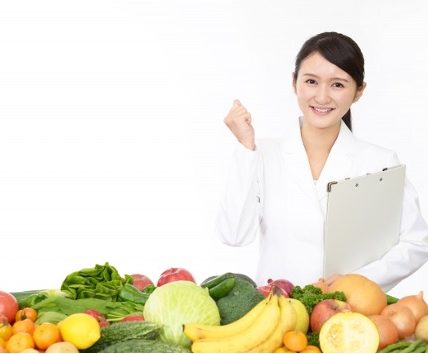
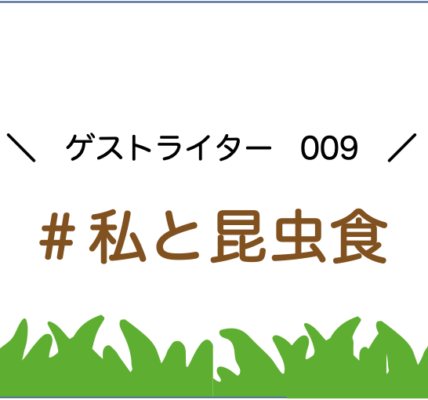
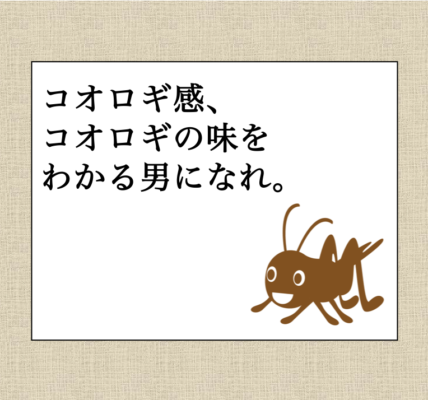










Nice response in return of this question with genuine arguments and explaining the whole thing concerning that.
Way cool! Some extremely valid points! I appreciate you penning this write-up plus the rest of the
website is very good.